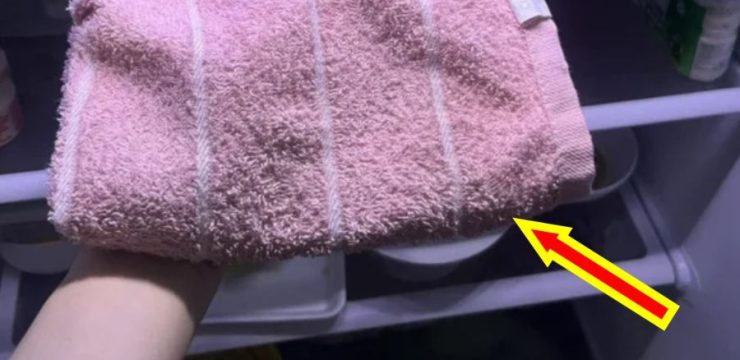If you’ve ever been to a public restroom, you’ve probably seen the letters “WC” on the door. But have you ever taken a moment to think about what those letters actually mean? If not, you’re not alone! Despite its frequent appearance in public restrooms, many people are only now discovering the true meaning behind the “WC” sign, and the internet is buzzing about it.

In the U.S., we use a variety of terms to refer to public restrooms. Some call it the “bathroom,” others use “restroom,” “lavatory,” or even more playful terms like “the throne.” But when it comes to “WC,” many Americans are left scratching their heads. What could those letters possibly stand for?
Thanks to the vast wealth of information available online, we’re constantly learning new things, even about everyday objects we encounter. Just think about all the trivia that surprises us—from learning what “M&M” stands for to discovering hidden uses for shopping cart hooks. One of the latest fun facts catching everyone’s attention is the meaning behind “WC,” a sign that’s been puzzling people for years.
Recently, a viral discussion broke out online about the true meaning of the “WC” sign, and it left plenty of people stunned. One commenter said, “I’ve seen ‘WC’ for years, but I never thought to look it up. I’m so glad I finally know what it means!” Another chimed in, “I’ve had a WC sign hanging in my house for years and never knew what it stood for!” In a humorous twist, one user shared, “I was 23 when I learned what WC actually means!”
On the other hand, there were some who were shocked that others didn’t already know the answer. One person wrote, “Seriously? How do people not know this? It’s so obvious!” Another commented, “I thought this was just basic knowledge!”
So, what does “WC” actually stand for? The answer is surprisingly simple: “WC” stands for “water closet.” The term goes back to the early days of indoor plumbing, when having running water in your home was considered a luxury. At that time, plumbing wasn’t available in all parts of the house, and many people converted small closets into spaces where they could install toilets. These small, enclosed spaces became known as water closets, as they were closets that had access to water, making them highly convenient for the time.
Back then, bathrooms were strictly for bathing—there wasn’t even a toilet in them. In fact, in older homes, the toilet and bathtub were often in separate rooms. The term “water closet” was born because it was easier to install a toilet in a small, enclosed area, like a closet, than to connect plumbing throughout the entire house.
A popular TikTok user, @itsnathannyc, explained the concept in a now-deleted video, saying, “Before indoor plumbing, people had to haul water from outside and heat it for the bath. Once plumbing became more widespread, they already had the bathroom, so they put the toilet in a closet. It was the easiest place to install it.”
This is why water closets were a common feature in homes in the early 1900s, and the term “WC” was coined. Even though modern homes now typically feature full bathrooms with both a toilet and bathtub in the same room, the abbreviation “WC” has stuck around, particularly in public restrooms.
Next time you see a “WC” sign, you’ll know exactly what it stands for and why it’s still being used today. While water closets might be a thing of the past in most homes, the abbreviation lives on, sparking curiosity and confusion for generations. Now, you’ll be ready to share this fascinating piece of trivia the next time someone asks about it!





